|
Novels and screenplays are two very different art forms. When a story is presented to a reader as if it were something being watched in a cinema or on TV, the book begins to wobble.
Great screenwriters can be great novelists, but being the former doesn’t guarantee the latter.
Description and dialogue When a novelist approaches their story as if it’s going to be watched, the narrative and dialogue can become overwritten. In TV shows and movies, characters do lots of quite mundane things – walking into and out of rooms, opening and shutting doors, scratching their heads, putting the kettle on, wringing their hands, frowning, standing up, sitting down, walking over to windows and gazing out of them, picking up tea cups or beer bottles and taking a sip or a slug. They say hello and goodbye, and hmm, mmm, er, um and aah as they talk to each other and themselves. All this stuff happens quickly and provides a backdrop to the main action and dialogue. Sometimes there’ll be a backing track to assist with mood creation. Some of that mundane stuff can go into a novel, but when it’s replicated in full it can be tedious to read and does nothing to drive the novel forward. Example: taut description and dialogue in a novel Here’s a scene from Harlan Coben’s Don’t Let Go (Penguin Random House, 2017, p. 201). There are 122 words.
We pull into a garage the approximate dimensions of a college gymnasium—is that judging?—and park. He leads me through a side door and down into what some homes call a basement, but this one has a theater room and wine cellar, so we need to find a new term. Lower level, maybe? He heads into a small room and flicks on a switch. In the back right corner, there is a four-foot-high old-fashioned safe with a big dial.
“You’re not the cop on the case, right?” This is the third time David has asked me that. “No. Why is that a big deal?” He bends down and starts fiddling with the dial. “Hank asked me to hold something for him.” Example: description and dialogue in a screenplay If we were watching that on TV, we’d be shown a great deal more.
In his book, Coben omits almost all of that. Instead, he lets the reader do the work. Good choice because all that stage direction would be boring to read. It could take a page to get through it all, maybe two, and none of it would drive the novel forward. He gives us just enough to imagine the setting in our mind’s eye, then gets down to business with the interesting elements of the story. He and we know that no one’s walking through doors spectre-like; they need to be opened and shut. No one’s leaving the car running; the engine will be switched off. And natural speech invariably includes noise and pause. Example: overwriting in a novel Here’s my mangled example of how that might have looked if the detail of the screen version had been written into the novel. There are 421 words.
We drive along the road, turn left into a treelined side street, pull up in front of a garage the approximate dimensions of a college gymnasium—is that judging?—and park. The garage door has a red aluminum facia with a silver handle.
David pushes a hand through his hair and looks at the garage. He remains still for a moment. I sense his anxiety, and my brow furrows in frustration as I follow his gaze. He takes his foot off the accelerator, shifts into neutral, and pulls on the handbrake. He pulls the key from the ignition and unhooks his seatbelt. I follow suit and open the passenger-seat door, close it, then walk around to meet him on the driver’s side. David gets out of the car and joins me on the sidewalk. He slams his door shut and turns. We walk toward the garage, me slightly behind, letting him show me the way. He leads me to a brown hardwood side door and stoops, fumbling the key in the lock. The door opens with a groan and we walk through to a dimly lit stairway. The door closes behind us. David goes first, leading me down into what some homes call a basement, but this one has a theater room and wine cellar, so we need to find a new term. Lower level, maybe? We reach the door at the bottom of the steps. David opens it and heads into a small room. He flicks on a switch. The light comes on and he turns, gesturing for me to enter. I do, and look around. In the back right corner, there is a four-foot-high old-fashioned safe with a big dial. “Um, you’re, er, not the cop on the case, right?” he says nervously. This is the third time David has asked me that. “Like I told you before, no.” I hesitate before asking, “Why is that a big deal?” He turns and walks toward the safe, bends down, and reaches for the dial with his hand. I watch as he fiddles with it, concentrating hard as he moves it first left, then right, then left again. I see sweat beading on his forehead. He stands, stretches, and wipes it off with the sleeve of his blue button-down shirt. As he lowers himself again and continues working the dial, his pants ride down over his ass. He sighs as if he’s bearing the weight of the world on his shoulders. “Hank asked me to hold something for him,” he says. Word dump Writers who choose to write novels for viewers rather than readers risk adding ten, maybe twenty thousand words to their books that don’t need to be in there. I’m not advocating removing description; I’m advocating writing for the page. That means making sure that the description is relevant rather than suffocating, enriching rather than boring. If you have pages of characters making small talk about how they take their coffee over the noise the kettle’s making, that small talk needs to be central to the plot. So does the whistle of the kettle. And if it takes 500 words to get your character out of their car, there needs to be a reason for that. If that information is just filler, give your reader the nudges they need and dump the rest into a box for when you write the screenplay version. Your director will the delighted! Viewpoint characters Viewpoint can unravel when a novelist approaches their story like a screenwriter. When a novelist selects a viewpoint character for a section or chapter of their book, the reader will experience the story through that character’s perspective – what they see, smell, hear, touch and think. Viewpoint characters allow the reader to immerse themselves in the moment, and for that reason they’re tremendously enriching. Example: viewpoint on the screen Imagine watching this short scene on TV:
Example: confused viewpoint in a novel What some beginner writers do is render the scene in a way that partially mimics the screen version. That’s because they’re familiar with how stories are presented on the TV or in film.
Matt ducked under the hedge beside the footpath. He counted silently, mouthing the words, focusing attention away from the hawthorn piercing the back of his neck and scalp. Heels clicked on the footpath close by. Adriana. Bitch.
‘He can’t have gone far. Find him and take him out,’ she said. Her throat felt swollen. 'Dammit, and to make things worse, I feel like I've got a cold coming on. Plus, I had a skinful last night.' And she’d needed it after that interfering prick Matt had started sticking his nose where it wasn’t wanted. ‘I hear you, Adriana. Don’t worry, we’ll find him,’ said John. He was standing by the north wall, clad head-to-toe in black. Hands grasping brick and flint, he hauled himself up and peeked over to see Adriana pocketing her phone. He pulled down his balaclava and stole south to cover the back, masked by the shadow of night. Adriana was on the phone, Matt realized. That was good. It meant she was on her own. Adriana continued down the path, getting closer to where Matt was hiding with every step. Patrolling the grounds in stilettos had been a bad idea. They were killing her feet. Matt hoped so, after what she’d put him through. The problem is that there are multiple viewpoints that force the reader to bounce from one character’s experience to another. We never invest in Matt, Adriana or John because as soon as we try to immerse ourselves in the experience of one of those people, we’re dragged into the head of another. The result is a wonky hybrid of novel and screenplay. We know what everyone’s doing, thinking and seeing. It rips out the tension and destroys the structure of the scene. Example: singular immersive viewpoint in a novel If, however, the writer commits to the viewpoint of one character, the prose is very different. In this version, we lose John completely. Adriana is visible but only from Matt’s perspective. We don’t have access to her thoughts, only what Matt thinks might be going on in her head based on what he knows, sees and hears. It’s shorter, certainly, but the tension is back and the writing is tighter.
Matt ducked under the hedge beside the footpath. He counted silently, focusing attention away from the hawthorn piercing the back of his neck and scalp. Heels clicked on the footpath close by. Adriana. Bitch.
‘He can’t have gone far. Find him and take him out.’ Her voice was thick, like she was full of virus or hungover. Or maybe it was fury. Matt heard a reply – a man speaking – but the sound was muffled and tinny. She must be on the phone. That was good. She was on her own. For now. Patent-black stilettos passed no more than a metre in front of him. The skin below both Achilles looked swollen and red. Those shoes must be killing her, he thought. He hoped so, after what she’d put him through. Summing up If you’re at the start of your writing journey, take care to craft words for the page, not for the screen. Keep the boring stuff out, even if it’s realistic. You’ll reduce your wordcount but enhance reader engagement. Look to books written by your favourite novelists for inspiration on how to build a beautiful page, rather than the Netflix adaptations. Your writing will be all the better for it, I promise.
Louise Harnby is a line editor, copyeditor and proofreader who specializes in working with crime, mystery, suspense and thriller writers.
She is an Advanced Professional Member of the Chartered Institute of Editing and Proofreading (CIEP), a member of ACES, a Partner Member of The Alliance of Independent Authors (ALLi), and co-hosts The Editing Podcast. Visit her business website at Louise Harnby | Fiction Editor & Proofreader, say hello on Twitter at @LouiseHarnby, connect via Facebook and LinkedIn, and check out her books and courses.
11 Comments
Will your reader immerse themselves in your crime novel’s setting? Will the world you’ve built make sense, even if it’s a work of fantasy? And is it coherent? If you’re not sure, create a wiki.
A world-building wiki will help you keep track of your novel’s environment and the rules that govern it. And that will go some way to protecting your plot and maintaining a logical narrative.
‘But I write crime, not fantasy ...’ Even if your novel’s setting is the world as we know it right now, a world-building wiki is still useful. I live in a hamlet in Norfolk (the UK one). Some of the things I have to deal with in my day-to-day life are different to those of friends who live only ten miles away in the city of Norwich.
How does all of this relate to fiction writing?
One of my author clients bases his books in the Colorado Rockies. I know the lie of the land – how the weather affects the local population on a seasonal basis, how the pine smells in the spring, how the mountain passes are treacherous in the winter. Then there’s the town where the sheriff’s office is located. And it is a sheriff rather than a chief constable who’s in charge of this fictional county’s law enforcement. I know about the guns people carry, the idiomatic turns of phrase they use, and where they tuck their chewing tobacco when they speak. I live five thousand miles away and have never visited this region of the US, and yet I swear if I drove into that town with a flat tyre, I could locate the garage and a find place to grab a latte while the mechanic was fixing my car – without having to ask a soul. And that’s because my author is a great world-builder. He writes crime thrillers, but he never forgets that most of his readers aren’t cops; that many don’t even live in the US, never mind near the Colorado Rockies; and that no one lives in Rocky Points … because he made it up. Environments of the not-now and the not-here Crime fiction is as versatile a genre as any other. For not-here, think about Chris Brookmyre’s Places in the Darkness. The Ciudad de Cielo space station makes the Colorado Rockies seem like a mere hop. It’s crime fiction, but spacey! For not-now, how about C. J. Sansom’s Shardlake series. It’s crime fiction but the Tudor world in which our lawyer-detective operates bears little resemblance to that of a modern detective. And then there’s China Miéville’s not-here and not-now The City & The City. It’s a richly gritty world of hardboiled crime fiction where things don’t work in quite the same way. However, the narrative feels utterly reliable. All three authors are fine crime-writing world-builders, and their plots never unravel because the worlds they’ve shown us work. Your wiki and your plot Not everything in your wiki has to end up in your book, but all of the information will help you keep track of who’s who, what’s where, and how. That means you can keep the environment(s) in which your story is set coherent. Furthermore, if you decide to write a series, your wiki will help you maintain consistency across books. Even if you switch to a new location, even a new planet, and different rules come into play, it’s a space in which you can record the additional information and keep yourself on track. Let’s look at some of the elements you might include in your crime wiki. Physical environment Where does your story take place and how will the geography, geology and climate play with your plot? Does the landscape or the weather restrict or empower your characters, and if so, how? Real or fantastical, every world must obey its own scientific laws. Continuity is key, and your wiki will help you stay on track. Imagine your protagonist’s partner dies because the paramedic’s oxygen tank is empty, but they live on a world where the population breathes mainly nitrogen. Even your characters’ inhalations can blow a hole in your plot if you don’t keep track of the rules of your physical environment. If you’re setting a story in a real place that you’ve not visited, the wiki is where you record the details you’ll need to stop pedantic locals getting the hump when your hero sprints from the Tube station at Amersham to the next stop on the line. Chalfont & Latimer looks close by on the London Underground map, but trust me, it’s not for sprinting. Embankment to Charing Cross, yes! Culture, language and faith Use your wiki to record the ideas, customs, belief systems and social behaviours that distinguish your world, and how those will impact on your characters. Record also how your characters speak, and whether they are out of place in the setting, or fully integrated.
How will you reflect the way people speak in your world? Do people from the region in which the novel’s set have a particular idiom or dialect, and will you express this just through dialogue or in the narrative too?
Will you offer nudges here and there or include it consistently and heavily throughout the book? It goes without saying that if you include phrasing in a language you’re not fluent in, get it checked by someone who is. Google Translate is not the tool of choice here. Rules of governance Record who’s in control and how the rule of law works in your novel’s setting. If you’re mimicking reality, there might be variations not just between countries but also between states, counties, provinces or municipalities. Who makes the law? Who upholds it? What powers do they have? What are their titles? Who are they accountable to? What are the checks and balances that restrict them? And what does sentencing and punishment look like in the world you’ve created? How about the rules of engagement and the customary notifications given to characters apprehended by law enforcement? If a right-to-silence warning is given to a suspect arrested in the UK, and it’s referred to as a Miranda warning, your narrator’s reliability will be compromised. The term ‘caution’ is used in this neck of the woods. Make notes about the way the jurisprudence system works, and the rights of your world’s citizens in the locations you situate them. For example, time and place will determine how long a person can be held without access to legal representation, and how they might be punished if they’re found guilty of a crime. If your story is taking place in a fantastical setting, you can decide how all of this works. Still, your wiki will ensure there’s continuity in the way you apply your fictional rule of law to your characters. Science, technology, engineering and medicine ... and guns Your wiki is the perfect place to record essential information about science, tech and weaponry – what it is, how it works, who has access to it and what it’s used for. If you’re going for authenticity, make notes about how it works in the real world. How heavy is a Glock 19, and can a suppressor be attached to the barrel? What noise does a suppressed gun really make – is it just a pop or something louder? Years ago, I read a novel by a very well-known fantasy and horror writer. One of the subplots hinged on the DNA of a set of identical twins – one egg, one sperm, one zygote, which had split into two embryos. They had almost identical DNA. Only they didn’t because our twins were different sexes. That meant they were fraternal, not identical. The only thing they’d shared was a womb. A technical error pulled the plot to pieces. Food, drink and dress What do people eat and drink in this world, and how do they dress? Are there foodstuffs or materials that are restricted, impractical, unaffordable or impossible to access for some or all of the characters in your world? Does what people eat and how they dress indicate something about their status, their identity, their belief system, and what are the norms and rules surrounding their choices? Even if this information isn’t integral to the plot, it can still help your reader immerse themselves in your narrative as they experience the colours, textures, tastes and smells of the world in which your characters are moving. Heterogeneity in homogeneity As with real life, just because a group of people share a location, a job, a faith, doesn’t mean they’re all the same. Unless homogeneity is central to the plot, it can suck the soul from a novel because it’s unusual.
Any other quirks
Record information about any other quirks that are story-specific in a miscellaneous section. I nearly came undone with my own writing when embarking on a piece of flash fiction centred around where I live in Norfolk. During my research into pheasant shooting, I found out that my wee tale had come undone before I’d put a word on the page. Initially, I’d centred my plot around a crime being ignored during the summer because of the gunshots from legal pheasant-shooting parties.
Summing up
You can include whatever you need to in your wiki. Fundamentally, it’s about consistency and continuity, such that your plot isn’t plundered because you forgot something crucial about your world and how it works. More than that though, a reliable world is a believable world, even if it’s completely fabricated. When your readers feel like they can visit without having to ask where to grab a cuppa, you know you’ve built something beautiful.
Louise Harnby is a line editor, copyeditor and proofreader who specializes in working with crime, mystery, suspense and thriller writers.
She is an Advanced Professional Member of the Chartered Institute of Editing and Proofreading (CIEP), a member of ACES, a Partner Member of The Alliance of Independent Authors (ALLi), and co-hosts The Editing Podcast. Visit her business website at Louise Harnby | Fiction Editor & Proofreader, say hello on Twitter at @LouiseHarnby, connect via Facebook and LinkedIn, and check out her books and courses.
Readers want to know what characters look like. Writers want to show them. Here are some tools that will help do it with subtlety rather than a sledgehammer.
We like to know what characters look like because it allows us to picture them in our mind’s eye. That helps us invest.
The author wants us to invest in them, immerse ourselves in their journey, because then we’re more likely to keep on reading. Still, no reader wants all that information hurled at them as if they’re reading a shopping list, and certainly not in a way that’s cliched or mundane. That’s nothing more than an information dump. Here are some ideas for how you might unveil your characters’ physical descriptions in ways that are relevant and interesting. I’ve used examples that I’ve enjoyed from published works of crime and speculative fiction. First things: Pick and choose what to tell I said above that readers like to know what characters look like. Actually, we don’t necessarily need this detail to immerse ourselves in a character’s experience. I’ve just finished reading I Am Missing by Tim Weaver. I love the David Raker series, and have read most of the books in it. I can’t recall whether and where Weaver has given me a physical description of his missing-persons investigator, but he certainly didn’t in I Am Missing. And you know what? I didn’t care a jot. Weaver uses first-person past-tense narratives, which means we uncover the mystery with Raker. We see what he saw, wonder what he wondered, run when he ran. His fear, pain, shock and relief are ours. That’s where the immersion comes, rather than in knowing that he’s X feet tall or has hair the colour of whatever. Which is to say, you might not need to tell us about the physical appearance of a character to draw us deep into the story. And even if you do want to give your readers a sense of what a character looks like, we don’t need to know everything. Tell us what’s interesting, what gives us an insight into the way they think or feel, or things they notice that will be relevant later in the story. Green eyes might be more interesting if they’re surrounded by bags that show tiredness, or creped lids that give a clue to the character’s age. Long elegant fingers might be more deserving of a mention if the owner picked away at their cuticles and made them bleed, perhaps because of anxiety. Choose the right space If you decide you want to put a character’s physical traits in front of the reader in one fell swoop, you could follow Roger Hobbs’s approach. Ghostman is a gritty, punchy thriller. Hobbs’s writing is fast and taut. Five pages into the novel (p. 8) we’re given a description of Jerome Ribbons. Hobbs fires a lot of information at us – skin, height, weight, strength. This is no shopping list, though. Ribbons is about to carry out a casino heist, and Hobbs uses a description of the character’s physical traits to show us that he’s physically and mentally capable of the crime. It’s a case of the right words in the right space.
Show us through another character’s eyes There’s no better time to show what someone looks like than when a viewpoint character sets eyes on them. We’re already in the viewpoint character’s head, thinking and seeing with them. Their observations are reliable, and it feels natural for the reader to be confronted with descriptions of what’s visible, and why it’s noticeable. Here’s another excerpt from Ghostman (pp. 31–2). Jack is the protagonist, and the viewpoint character in this chapter. We see what he saw, and know what he knew. More telling, we learn something about how this character’s appearance belies his nature.
Make your character self-reflect A viewpoint character’s self-reflection is another useful tool for character description, especially when it includes contrast … that was then, this is now. We don’t feel like we’re reading a shopping list. Instead, the details tell us a story of change – whether that is positive or negative. In The Wife Between Us (p. 11), Greer Hendricks and Sarah Pekkanen weave Vanessa’s current hair colour, height and weight into a narrative about the challenges she endured when her marriage to a wealthy hedge-fund manager broke down.
Think about what you do when you look in a mirror.
If your character is seeing themselves reflected in a window or mirror, have them notice things about themselves naturally. Create an out-of-place setting Might you set a character’s description in a scene where they look out of place? Philip K. Dick doesn’t use any clever descriptors for Bill Black in Time Out of Joint (p. 19). Instead, the interest comes from how his manner of dress, hairstyle and gait appear old-fashioned to the viewpoint character, Ragle. It’s less a case of what he looks like than why he looks strange. No matter – the reader knows what they’re looking at.
Show us the viewpoint character’s emotional reactions Describing how another character’s appearance makes the viewpoint character feel is another trick. In Bad Luck and Trouble (p. 32), Lee Child uses rather mundane adjectives to describe Neagley, but the emotional impact on the plucky and usually granite-like Reacher, and Child’s typically no-nonsense sentence structure make this description anything but dull.
In the above example, Reacher feels awkward. You might use other emotional reactions as a way to open the door to natural-sounding physical description: envy, disgust, desire, for example. Unveil through dialogue Character descriptions needn’t come solely through the narrative. Dialogue is perfect for unveiling too because it pushes the details front and centre. In I Am Missing (p. 13), Tim Weaver constructs a discussion between Raker, the protagonist investigator, and his client, Richard Kite. Weaver uses the conversation to show the scarring on Kite’s face.
Of note here is that the author chooses to give us little else about what Kite looks like – hair or eye colour, for example. It’s clever because this character is suffering from dissociative amnesia – unable to recall large chunks of information about himself. He is lost. The author keeps such tight control over the physical description that we are drawn deeper into Kite’s loss of self, and Raker’s struggle to find any clue to who he is. As I read, he remained almost faceless in my mind’s eye. All I could picture was the harm he’d suffered. Writers can and should be picky about what they choose to include, and omit, in order to draw a picture and evoke a mood. Summing up Do your best to avoid descriptions of characters that read like shopping lists or police reports. Instead, wrap the details around emotions, contrasts, and journeys of change. See you next time (said the blue-eyed fiction editor with a bob, who wore size-nine shoes and was five foot eight). Cited works and further reading
Louise Harnby is a line editor, copyeditor and proofreader who specializes in working with crime, mystery, suspense and thriller writers.
She is an Advanced Professional Member of the Chartered Institute of Editing and Proofreading (CIEP), a member of ACES, a Partner Member of The Alliance of Independent Authors (ALLi), and co-hosts The Editing Podcast. Visit her business website at Louise Harnby | Fiction Editor & Proofreader, say hello on Twitter at @LouiseHarnby, connect via Facebook and LinkedIn, and check out her books and courses. |
BLOG ALERTSIf you'd like me to email you when a new blog post is available, sign up for blog alerts!
TESTIMONIALSDare Rogers'Louise uses her expertise to hone a story until it's razor sharp, while still allowing the author’s voice to remain dominant.'Jeff Carson'I wholeheartedly recommend her services ... Just don’t hire her when I need her.'J B Turner'Sincere thanks for a beautiful and elegant piece of work. First class.'Ayshe Gemedzhy'What makes her stand out and shine is her ability to immerse herself in your story.'Salt Publishing'A million thanks – your mark-up is perfect, as always.'CATEGORIES
All
ARCHIVES
July 2024
|
|
|
|



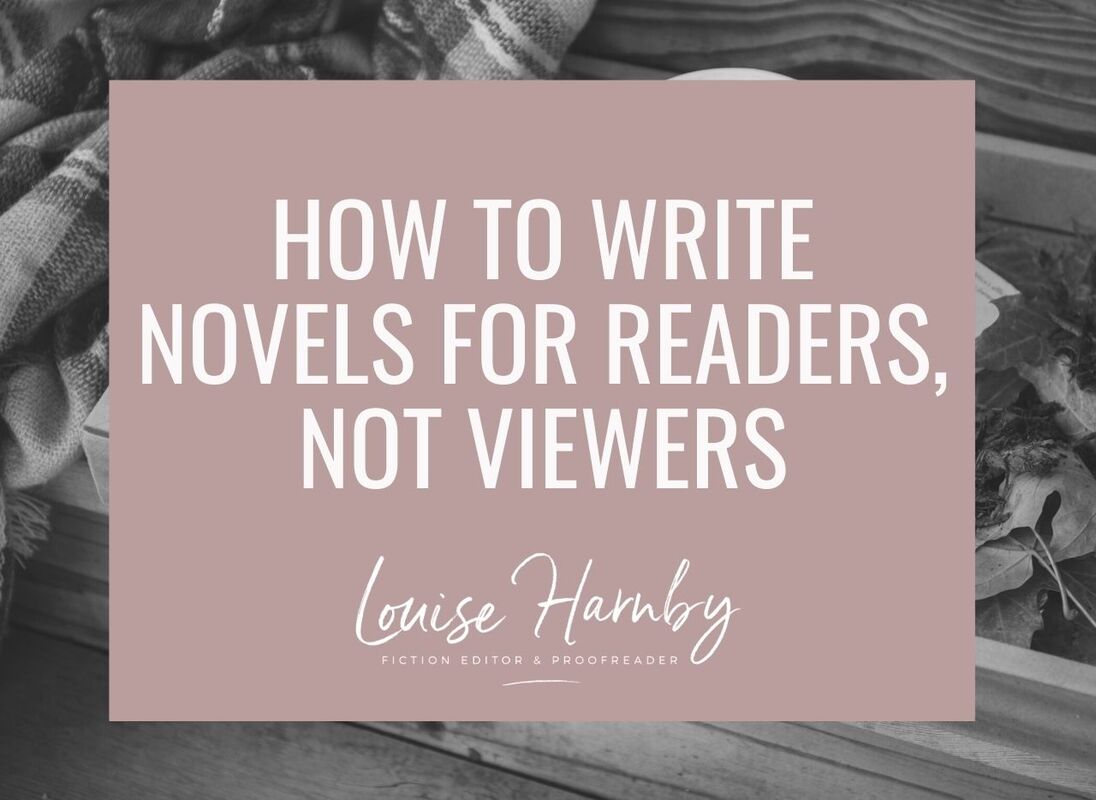
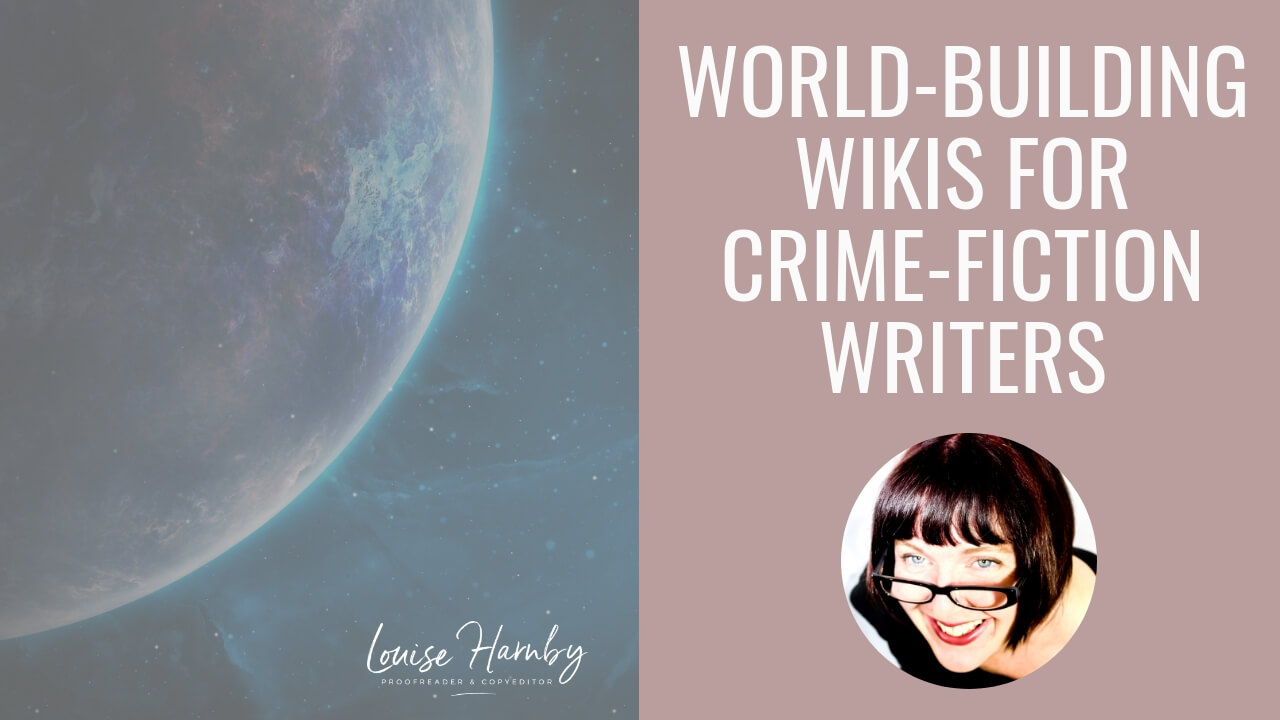


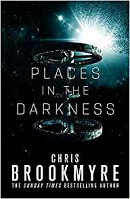
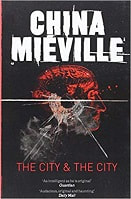
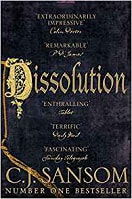
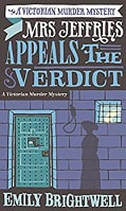
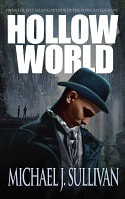
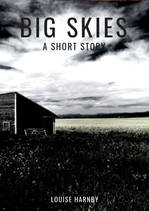
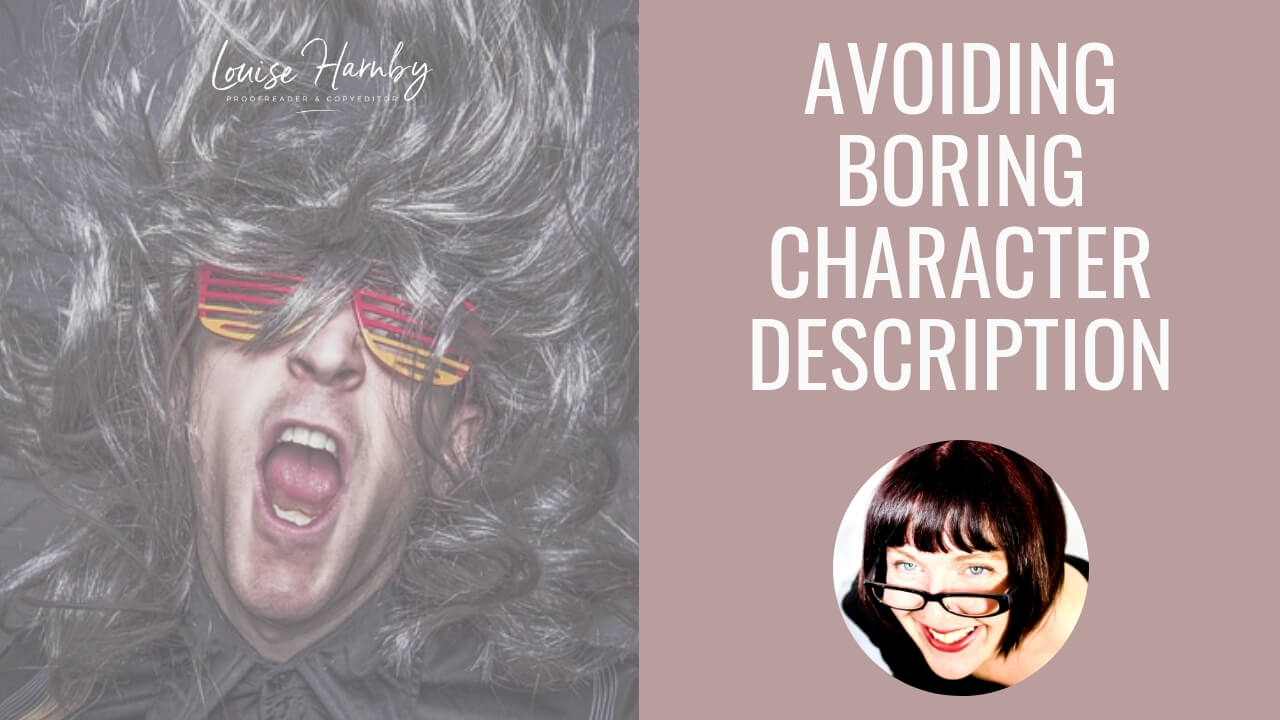
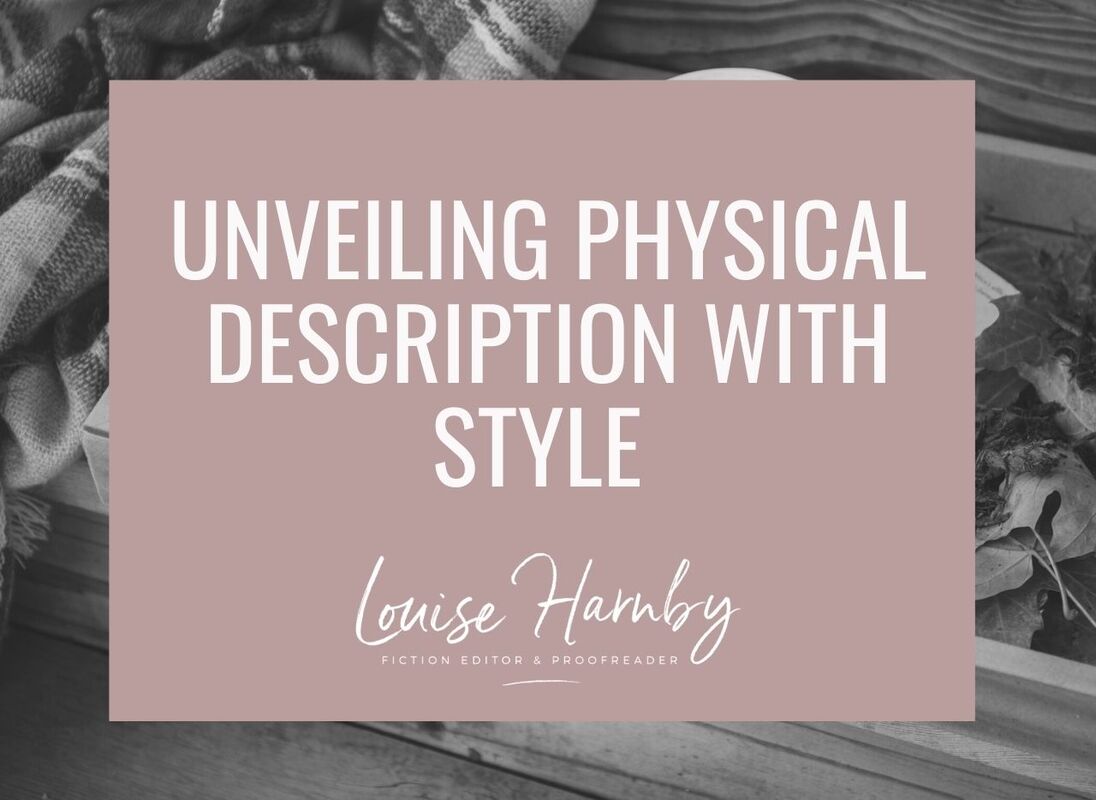
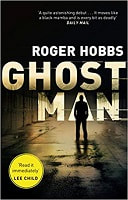

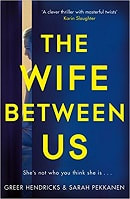
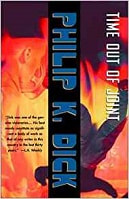
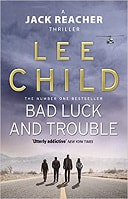
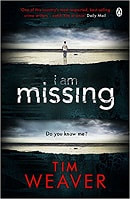













 RSS Feed
RSS Feed





